Trad Climbing Gear:
To prevent a fall, trad climbing encompasses a huge and somewhat sophisticated set of gear that is utilized instead of bolts. This protection, also known as a prop, is installed in cracks as you climb up and then withdrawn, or cleansed when you’re finished, leaving only a few chalk traces on the rock. Continue reading to learn about the various types of professionals and how to place them.
Table of Contents
Trad Climbing Gear: The Rack
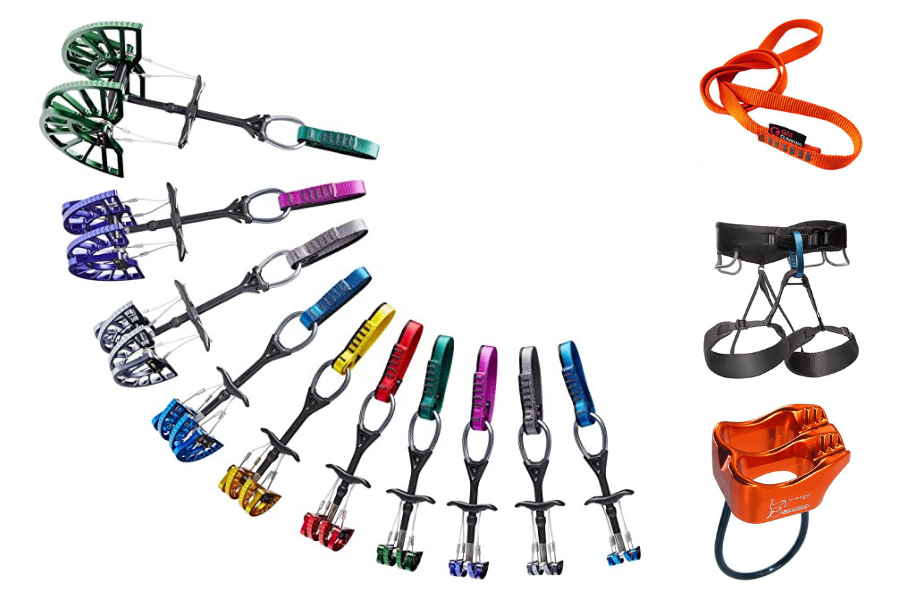
Passive and active protection are the two primary types of protection. Moving elements in Active Pro expand and shrink to fit a placement. There are no moving elements in passive pro, and the placement is entirely due to the shape of the metal. The rack is a term used in guidebooks to describe the type of equipment you should bring on any given climb. Although most climbs can be done with the same basic rack, some routes demand particularly unique gear for a safe ascent.
Trad Climbing Gear: Shoes

Climbing Shoes make standing on small bits of rock a lot easier – pretty much a necessity if you’re going to be heading up a few multi-pitch routes on your next climbing trip.
Learn more about the:
Trad Climbing Gear: Rope

Climbing Ropes is a necessary sport equipment for Climbing. Climbing Ropes is very important for safety when Climbing, whether you are indoor Climbing or taking it for climbing the wall. These ropes are available in a variety of diameters and lengths,
Learn more about the:
Trad Climbing Gear: Quickdraws
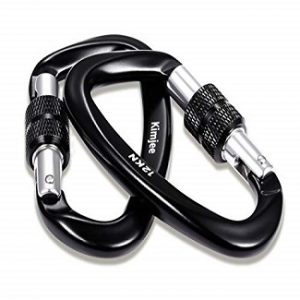
Quickdraws are one of the most important pieces of gear for rock climbers. Quickdraws are usually made up of two carabiners connected with a sling (or sometimes called webbing). The carabiners may be different sizes so that you can clip yourself into both sides of the rope at once. Quickdraws are used to connect yourself to anchors or protection on the route. They are also used as descenders when rappeling off the top of climbs.
There are many different types of quickdraws available making them a very versatile piece of gear for any climber’s rack!
Trad Climbing Gear: Cams
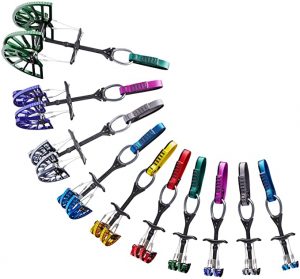
Cams, a multi-lobed mechanism, create an outward force on the rocks in the case of a fall. They’re usually inserted into cracks or fissures in rocks, and their mechanics provide “active protection.” Although there are a variety of camming units, or just cams, available, Black Diamond Camalot C4s are the industry standard. The majority of people will desire these in sizes 0.3 to 3. C4s with a stopper set should be enough security to safely ascend many basic trad routes while also allowing climbers to assess what else they may require. Most people store their cams in non-locking biners. Many businesses make colour schemed ones complement the cams, making it easy to find and grasp the right one.
Trad Climbing Gear: Alpine Draws
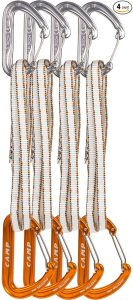
Alpine draws, or Dyneema slings with two carabiners doubling as a quickdraw and used to link gear to the climbing rope, are extremely versatile. You can use them as a conventional quickdraw or lengthen them to reduce rope drag on roaming routes or to reduce the pull of the rope on installed gear. A decent beginning point is to have 10 to 12 alpine draws. You can create them yourself by purchasing separate slings and biners, or you can purchase them already assembled.
Trad Climbing Gear: Stoppers
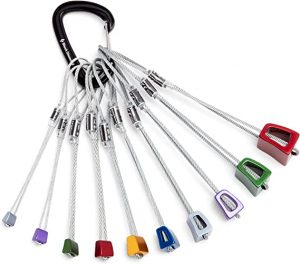
Beginners who want to build their own racks and master the finer elements of gear placement should start with stoppers, often known as nuts or chocks. Today’s revisions are far more advanced, with some being produced with particular forms for specialized applications.
They’re titled after the machine nuts British climbers slung to safeguard their climbs. Climbers wedge them into the constrictions of the rock, and when laden, such as during a fall, they stay jammed in to protect the climber. Beginners might prefer a whole set, such as the Black Diamond Stoppers, which come in sizes ranging from 4 to 13. The majority of stoppers are stored in one or two non-locking biners. Prefer to rack yours on traditional oval biners, such as the reliable Black Diamond Oval, despite the fact that they’re a little heavier.
This makes it simple to tug on the carabiner to aid in a nut set. For the uninitiated, this entails straining in the direction that the nut might pull, reducing the likelihood of it shifting.
Trad Climbing Gear: Slings
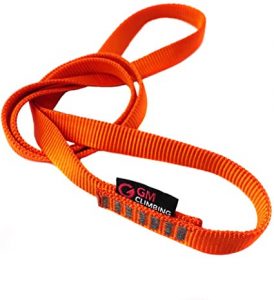
Slings are simply loops of nylon or Dyneema tape that have been tightly stitched together. They come in a variety of lengths; a normal trad rack may have a few 60cm and 120cm slings, as well as a 240cm or two, but smaller and larger ones are also available. Because the length is specified from end to end, the actual fabric length will be doubled. They’re fantastic for extending gear and balancing belays. When purchasing slings, make an effort to purchase a distinct colour for each size. This makes finding the proper size much easier when you need it.
Trad Climbing Gear: Belay/Rappel Device
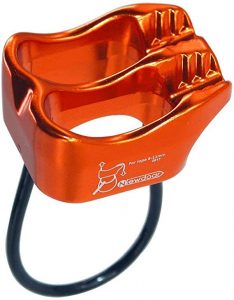
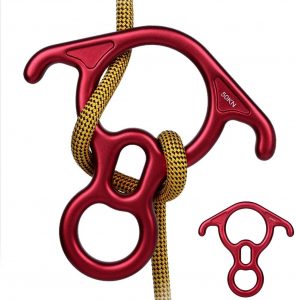
Consider a multi-purpose belay device with aided braking, such as the Black Diamond ATC-Guide or Petzl Reverso 4, for any climb where you’ll belay from the top of the pitch and afterward rappel. These are more versatile than previous models, enabling climbers to belay a leader from the bottom, top-belay two seconds simultaneously with assisted braking, and make full-length rappels.
Trad Climbing Gear: Harness
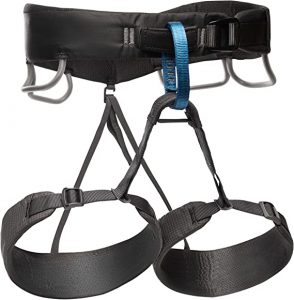
Aspiring trad climbers must pick a harness that allows them to rack their gear while being comfortable. An all-around model with two gear loops on each side is a good place to start. These have ample padding with all comfort and enough gear loops to hold all of the gear required for a multi-pitch route.
Learn more about the: kids Climbing Harness for Excellent Support
Trad Climbing Gear: Nut Tool
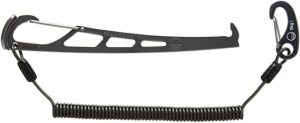
When leading obscure routes, nut tools are being used to replace gear while following or to clean dirt from gear placements. They’re also excellent for guiding when you’ve got the wrong sized nut trapped and need to get the appropriate one in. It’s worth adding a short loop of the thin chord to it because they’re easily dropped. While using the tool, this can be attached to the rope or gear.
Trad Climbing Gear: Nuts
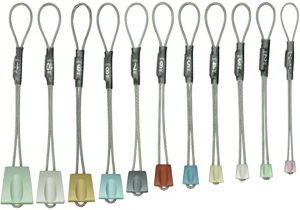
These metal wedges, designed for tiny cracks, rely on a mechanical barrier created by a restriction in the crack to keep the piece in place. You can put them in a variety of positions (wide side out, sideways, etc.), but the typical position only guards against downward pulls.
Trad Climbing Gear Big Bros

Two telescopic tubes extend (after releasing a trigger) to push on opposite sides of the fracture; a ring is fastened down to lock the device. One side of the unit is weighted during a fall, which forces the other side up into the rock, providing a simple camming motion that wedges it in place.





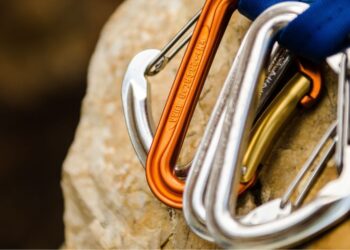



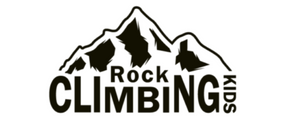
Discussion about this post